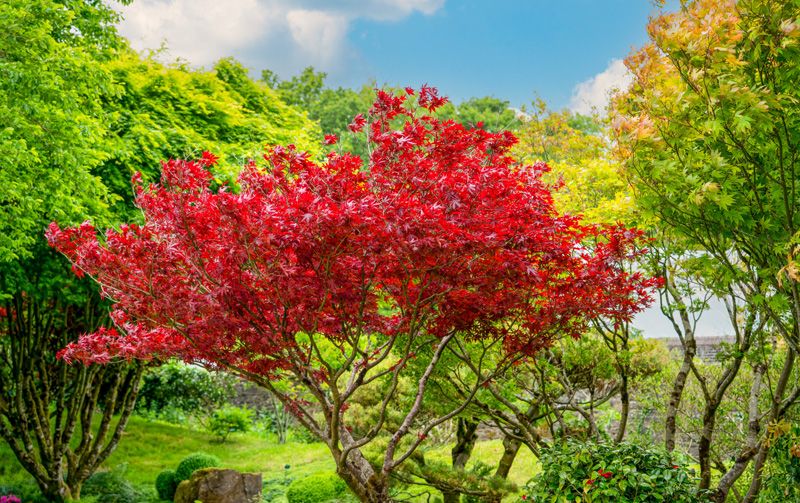
Top 10 Red Leaves Plants
Top 10 Red Leaves Plants
Flowers aren’t the only source of colour in the garden. Using different colours of foliage to create great colour panoramas is a great way to go. While green is typically the main leaf colour in certain gardens, red is a colour that is already present, albeit in more subtle ways. Many evergreen plants, such as rose bushes, have young red leaves, while many deciduous plants become a brilliant crimson in the fall months. Red gives rich warmth and a powerful emphasis, as we all know from our fall colour experiences. Red has the perfect power of presence to face the vivid greens head-on while still standing out against the attractive green backdrop, providing a focal point as it calls the eye. Here are 10 top red leaves plants which you can find from intakeplants:
- Smoke tree (Cotinus.):
- Acer palmatum (Japanese maple.):
- Nerve plant(Fittonia spp.):
- Painted-leaf begonia(Rex Begonia.):
- Angel Wings ( Begonia ‘Angel Wing’):
- Forest Pansy (Cercis Canadensis.):
- Hydrangeas (French hydrangea.):
- Sand Cherry (Prunus pumila.):
- Ti Plant (Cordyline fruticosa.):
- Bromeliad (Bromeliaceae sp.):
